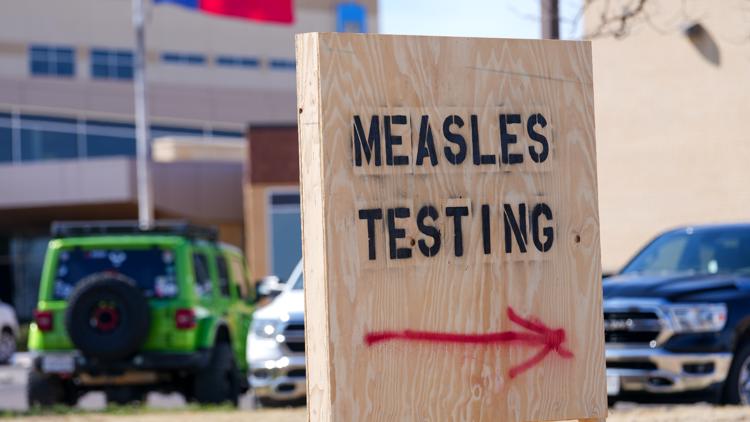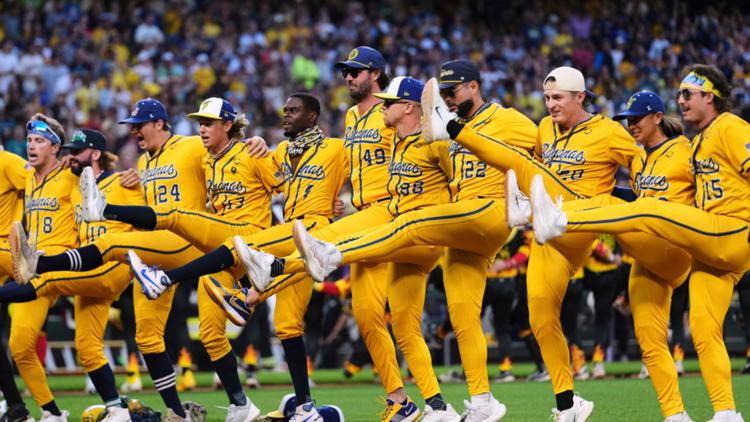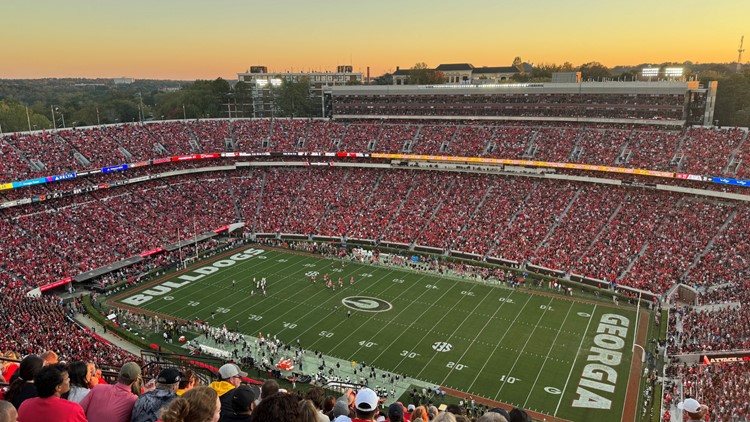Fed stares down slowing job market, higher prices ahead of rate cut
Economists are expecting consumer prices to rise to a 2.9 percent annual increase in the monthly consumer price index (CPI) reading Thursday, up from 2.7 in July. Despite the rise, markets are also expecting a quarter-point interest rate cut from the Federal Reserve next week, as concerns about a softening labor market take precedence over...

Economists are expecting consumer prices to rise to a 2.9 percent annual increase in the monthly consumer price index (CPI) reading Thursday, up from 2.7 in July.
Despite the rise, markets are also expecting a quarter-point interest rate cut from the Federal Reserve next week, as concerns about a softening labor market take precedence over price pressures driven by tariffs.
“Sensitivity to [the] labor market slowing reinforces that the plan is to look through tariff inflation,” economists with LH Meyer/Monetary Policy Analytics wrote Wednesday.
President Trump’s tariffs have been weighing on business and consumer sentiment for months, and started to show up in price data over the summer.
The overall effective U.S. tariff rate is now between 9 percent and 19 percent — by some measures the highest level in a close to a century, though estimates have varied as Trump has adjusted import tax levels. Penn Wharton put the average effective tariff rate at 9.14 percent in June; the Yale Budget Lab put it at 18.6 percent last month; and Fitch ratings put it at 16 percent this week.
While tariffs are adding to price pressures, they could also be contributing to a slowdown in hiring and consumer spending, creating a stagflationary mix economists have been warning about since the beginning of the year.
“Greater clarity about US tariff hikes does not alter the fact that they are huge and will reduce global growth. And evidence of a slowdown in the US is now appearing in the hard data; it’s no longer just in the sentiment surveys,” Brian Coulton, chief economist at Fitch, wrote in a Tuesday commentary.
Unlike some central banks, the Fed is charged with balancing low, steady inflation and high employment, a task it performs by setting overnight interest rates, adjusting the level of assets it holds, and using other policy tools and facilities.
Sometimes the bank’s dual mandate can be in conflict with itself, as it is now, with prices ticking up and employment edging down. When that happens, the Fed has to choose which one presents the bigger risk to the overall economy.
The Fed has also been facing significant pressure from the White House, as Trump and other members of the administration have been calling for interest rate cuts that would lessen debt service costs and increase profits.
"Just out: No Inflation!!! 'Too Late' must lower the RATE, BIG, right now. Powell is a total disaster, who doesn’t have a clue!!! President DJT," Trump wrote Wednesday on social media, invoking his nickname for Fed Chair Jerome Powell, after a softer than expected wholesale inflation report.
Powell suggested in August that it was time for the Fed to change its policy and move interest rates closer to the neutral rate that would move the economy in a more expansionary direction.
“With policy in restrictive territory, the baseline outlook and the shifting balance of risks may warrant adjusting our policy stance,” Powell said during a speech in Wyoming last month.
Inflation has been slowly ticking up since April, which is when Trump’s country-specific, “reciprocal” tariffs were first delivered before being paused multiple times as bilateral trade negotiations were carried out. The CPI has risen from a 2.3 percent annual increase to 2.7 percent over the last three months.
Wednesday’s producer price index (PPI) from the Labor Department came in considerably softer than expected, with wholesale prices deflating by 0.1 percent on the month to hit a 2.6 percent annual increase. Economists were expecting a rise of 3.3 percent for August.
Despite the softer headline number, core PPI, which removes the energy, food and trade services sectors, still beat expectations at a 2.8 percent annual increase. Intermediate demand prices, which reflect input costs in value chains, increased at the fastest annual pace since March 2023, rising by 3.1 percent.
“We anticipate more passthrough in the PPI data over the coming months as businesses have less runway to deal with the tariffs and are forced to raise prices,” Oren Klachkin, an economist with insurance conglomerate Nationwide, wrote in a Wednesday analysis.
While many economists expect tariffs to prompt a one-time upward price adjustment that fades fairly quickly in the regular price data, the tariffs’ effect on the employment conditions could be more lasting. Employment data typically has more inertia than other types of economic data, and once unemployment starts to rise, it can take off fast.
Job creation has been slowing quickly. The economy added just 22,000 jobs in August, which brought the three-month average down to 29,000 jobs created per month across June, July and August. The latest report from the Labor Department showed the economy lost 13,000 jobs in June, the first net monthly job loss since the height of the pandemic in 2020.
Wage increases have also been cooling, especially for the lowest paid workers. Wage growth is at an annual growth pace of about 3.6 percent, consistent with the Fed’s target of 2 percent inflation and down from 4 percent last year.
“Odds are weighted toward further moderation in wage growth, which we forecast to descend to as low as 3.3 percent by the end of 2026. A low quits rate is a key factor behind the deceleration,” Bernard Yaros, lead economist at Oxford Economics, wrote in July.
Hiring was revised downward by nearly 1 million jobs for the past year in the Labor Department’s annual benchmark revision released Tuesday. Economists said the revisions, while a source of potential anxiety for the White House, don’t reflect current conditions.
“The bulk of these revisions reflect 2024 data — in fact, despite the predictable angst they will generate from the White House, today’s revisions tell us very little about the state of Trump’s economy,” economists Elise Gould and Ben Zipperer of the Economic Policy Institute, an employment-focused think tank in Washington, said.
While rising inflation generally compels the Fed to leave interest rates elevated, the recent weakening in the job market is outweighing that concern. Futures markets Wednesday predicted a quarter-point interest rate cut from the Fed next week with 90 percent odds, with the remaining 10 percent odds going to a larger half-point cut.
U.S. central bankers are still expecting additional price increases from tariffs despite the forthcoming interest rate cut.
“Tariffs are indeed increasing costs,” Raphael Bostic, president of the Federal Reserve Bank of Atlanta, said last week. “Most firms are absorbing those additional costs rather than boosting prices — so far. But … most contacts may not have the capacity to eat higher costs much longer.”
They’re voicing concerns about the state of the labor market, as well.
St. Louis Fed President Alberto Musalem highlighted “downside risks to the labor market” in a speech last week, noting “a higher proportion of longer-term unemployed workers [and] rising unemployment rates for demographic groups that are more sensitive to economic cycles.”
New York Fed President John Williams cautioned last week that staying at “‘too restrictive policy for too long’ could increase risks to our maximum employment mandate.”
What's Your Reaction?































































